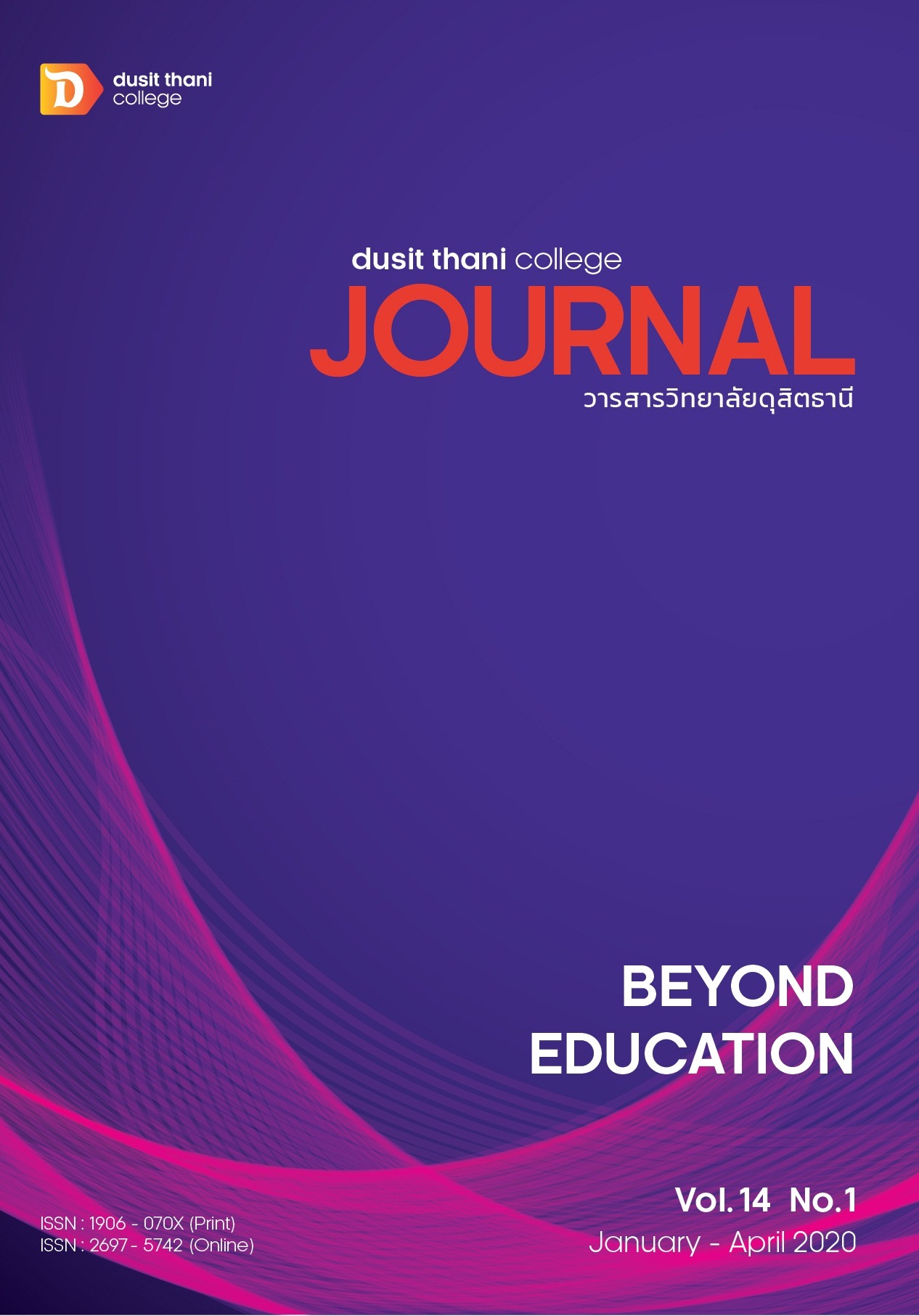Health Literacy on Eating, Exercise, Emotion Health Behaviors Among Nursing Students
Main Article Content
Abstract
The purposes of this research were to study the health literacy on 3E (Eating - Exercise - Emotion) health behaviors among nursing students in Praboromarajchanok Institute, Ministry of Public Health and compare their health literacy regarding their levels of class and regions. The sample size was 390 nursing students studying in the first to fourth years during academic year 2017 from 12 nursing colleges located in the north, central, south, and northeast part of Thailand. The questionnaire was the health literacy questionnaire of nursing students and the Cronbach’s alpha coefficient was 0.92. The results showed that nursing students from nursing colleges located in the north part of Thailand had the highest health literacy average scores, and the lower average scores were those in the south, northeast, and central regions respectively. The 3rd year nursing students had the highest health literacy average scores, and the lower average scores were those in the 4th, 2nd, and 1st years respectively. The average scores of the health literacy regarding the understanding of health information and applying health information to make decision on health promotion were higher than those regarding the access to health information and the appraisal of the value of health information. In addition, the average scores of health literacy among the levels of class, and regions of the sample were statistically significant difference F(3, 386) = 3.46, p=0.02 and F(3, 386) = 3.02, p=0.03) respectively.
Article Details
Article Screening Policy
- All research and academic articles to be published must be considered and screened by three peer reviews in the relevant field / article.
- All articles, texts, illustrations and tables published in the journal are the personal opinions of the authors. Editors don't always have to agree. And no responsibility whatsoever is the sole responsibility of the author.
- The articles to be published must never be published. Where did you first publish? And not in the consideration of other journals If the audit found that there has been a duplicate publication It is the sole responsibility of the author.
- Any article that the reader sees as being plagiarized or impersonated without reference. Or mislead the work of the author Please let the journal editor know it will be your greatest blessing.
References
2. Brown, P Benjamin. (2014). Interpreting medicine: Lessons from a Spanish-Language Clinic. Annals of Family Medicine.12(5), 473 - 474.
3. Chuchuen, Uayart. Panwilai, Pimol. Klangkarn, Staporn. Netthipawal, Passakorn.(2012).
Effects of Potential Development in Health Promotion Leadership on
Nursing Students’ Knowledge, Attitude, and Practice of Health Promotion.
Thai Pharm Health Sci J.7(3) ,127 - 131.
4. Intarakamhang, Ungsinun. (2013). Handbook of ABCDE-Health Literacy Scale of Thai
Adults. Bangkok : Agricultural Cooperative Federation of Thailand Printing.
5. Kaeo-dum-koeng, Kwanmuang. Trephetsriurai ,Narumon.(2011).Health Literacy. Bangkok: new thammada Press.
6. Kasiphol, Taweesuk. Lekvijittada, Patra. Jinayon, Adchara.(2012).Selected Factors Affecting Health Promoting Behaviors of Undergraduate Students in Huacheiw
Chalermprakiet University. HCU JOURNAL.15 (30), 31 - 46.
7. Khampisut, Jirapa. (2018). Health literacy and health promotion behaviors of students in Naresuan University. Journal of Educational Measurement, Mahasarakham
University, 24(1) : 67 - 78.
8. Kristine, Sørensen. Broucke, Stephan. Fullam James. Doyle, Gerardine. Pelikan , Jürgen.
9. Slonska, Zofia. Brand, Helmut.(2012). Health literacy and public health: a
systematic review and integration of definitions and models. BMC public
health.12, 80 - 92.
10. Mullan, Judy. Burns, Pippa. Weston, Kathryn. McLennan, Peter. Rich, Warren. Crowther, Shelley. Mansfield, Kylie. Dixon, Robyn. Moselen, Emma. Osborne, H
Richaed.(2017). Health literacy amongst health professional university students :
A study using the health literacy questionnaire. Education Sciences. 7(47), 1 - 11.
11. Noimontree, Wanida. Piphatvanitcha, Naiyana. (2015). Health Risk Behaviors of
Baccalaureate Students in a Public University. The Journal of Faculty of
Nursing Burapa University.23 (2), 31 - 40.
12. Phaophong, Saisawat. Kampiranont, Urairuk. Jantharasataporn, Siripensopa. (2011). Healthy Behaviors of Nursing Students at Boromarajonani College of Nursing,
Nakhonratchasima. The Journal of Boromarajonani College of Nursing,
Nakhonratchasima.7(1), 81 - 92.
13. Public Health England. (2015). Local action on health inequalities: Improving health
literacy to reduce health inequalities. The UCL Institute of Health Equity: London.
14. Rojana, Choojai.(2015).The Satisfaction of superiors towards quality of registered nurses graduated from Boromarajjonnani College of Nursing, Ratchaburi. Academic Year 2012. The 6th National and International Research Conference 2015. 2(6), 418 - 425.
15. Srisaad, Boonchom. (2013). Basic research. 9thed. Bangkok : Suweeriyasan.
16. Thongsuk, Siwaporn. ,Putwatana, Panawadee. Orathai. Pisamai. (2012). Health Promoting Behaviors of Ramathibodi Nursing Students. Rama Nurs Journal.18(2),178 - 189.
17. Thumsoue, Siriwan. Yingrangreang, Sirithorn. Ratchawat, Prakit.(2013). The Evaluation of Graduate Quality According to Thai Qualifications Framework for Higher
Education in Academic Year 2010-2011 at Boromarajonani College of
Nursing Saraburi. Journal of Health Science Research.7(2), 10 - 17.
18. Turner, Kamolrat. Rakkwamsuk, Somporn, Duangchai. Orawan,( 2018). Health literacy of nursing students at Boromarajonani College of Nursing, Chonburi. Journal of
Health Science Research; 12(1) :1 - 9.
19. World Health Organization. (2013). Health literacy : The solid facts. WHO Regional Office for Europe : Copenhagen, Denmark.
20. World Health Organization. (1998). Health Promotion Glossary. Health Education and Health Promotion Unit : Switzerland.


